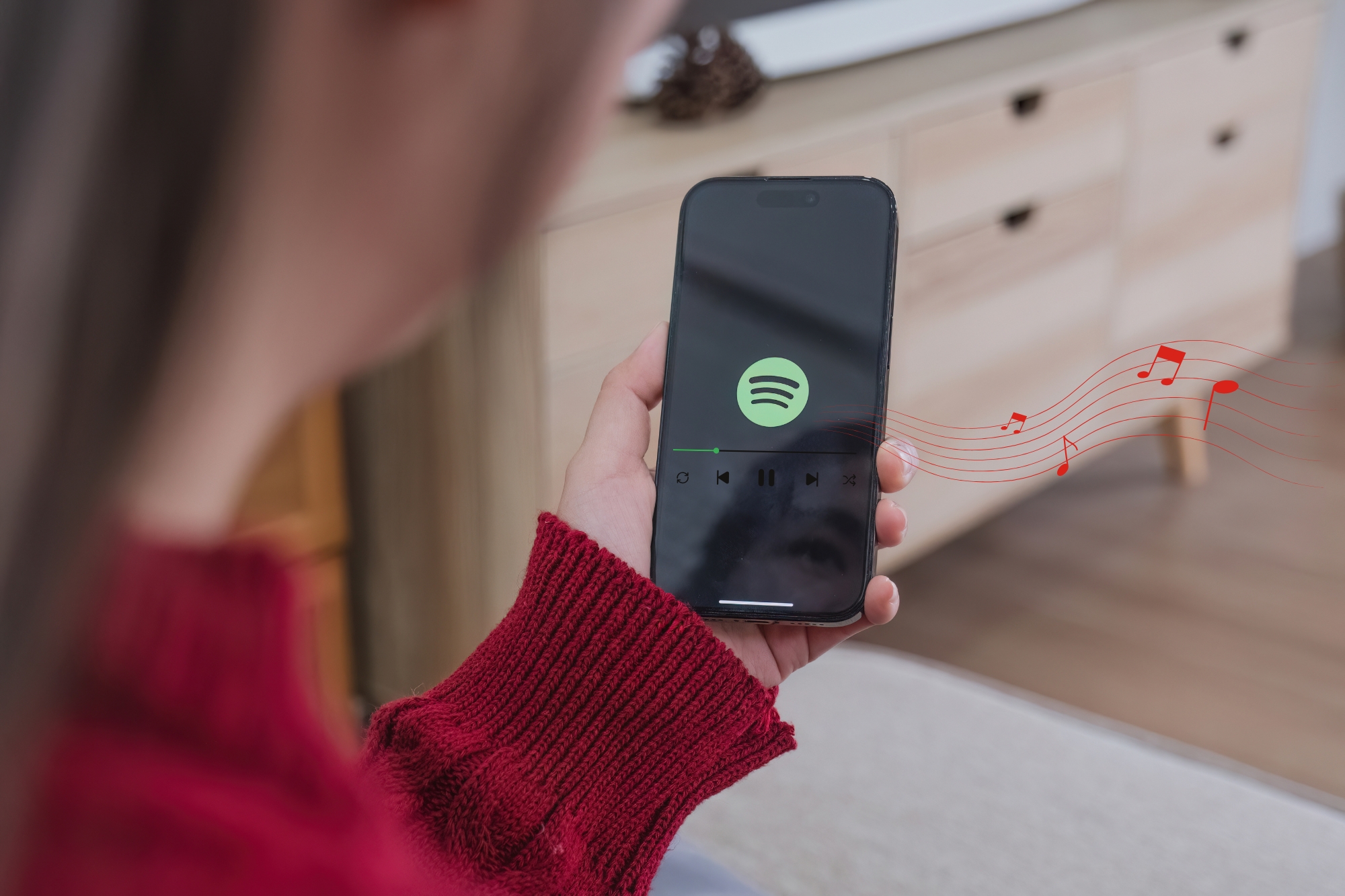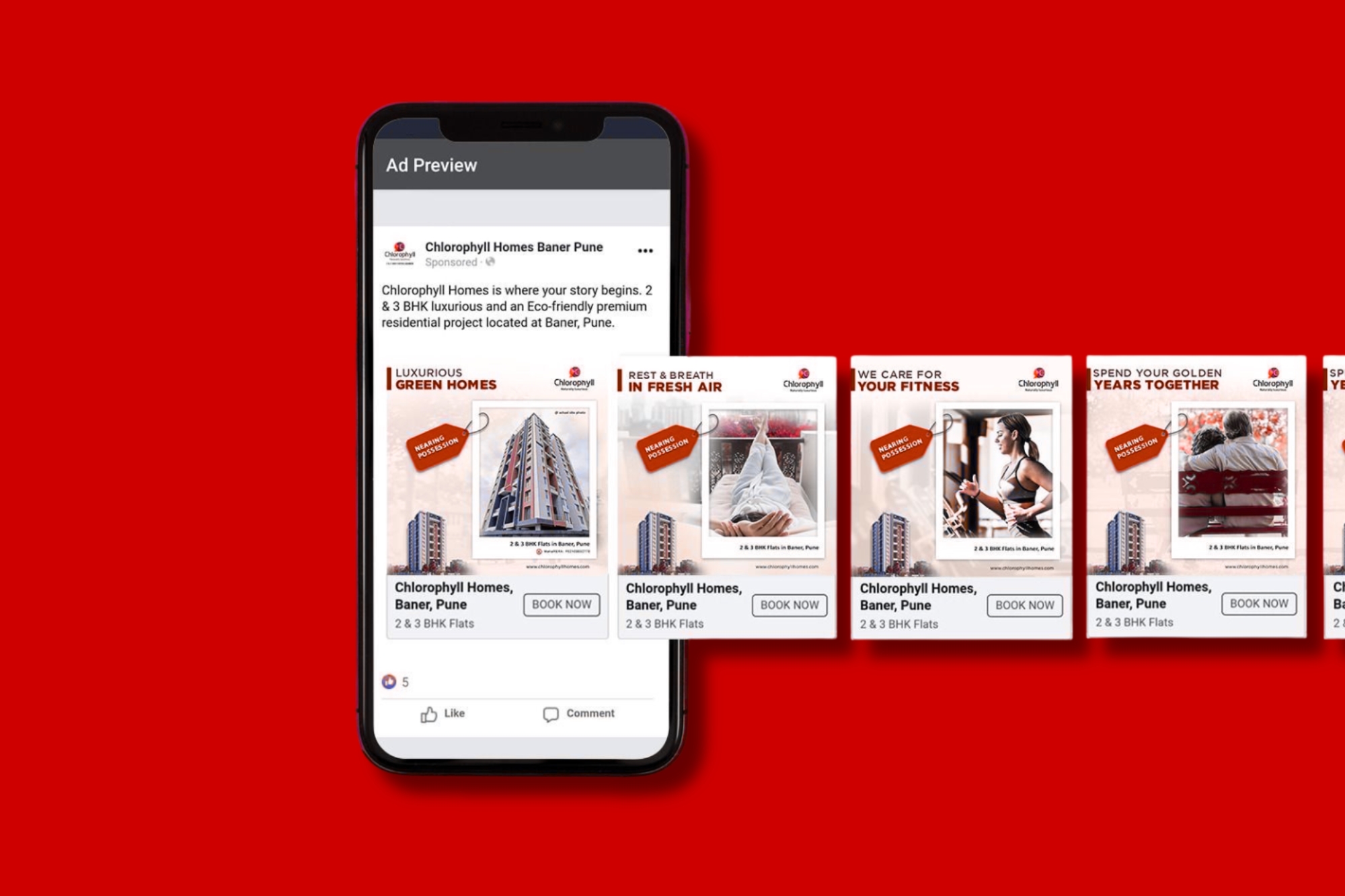A Guide for Brands That Want to Be Inclusive, Ethical, and Effective
In today’s digital-first world, accessibility is more than just a technical requirement—it’s a commitment to making your brand inclusive and welcoming for everyone.
Digital accessibility means ensuring your website, social media, emails, and online content can be easily used by people of all abilities, including those with visual, auditory, cognitive, or physical disabilities.
We believe that marketing should be built with everyone in mind. In this article, we’ll break down what digital accessibility is, why it’s important, and what marketers can do to create a more inclusive digital experience.
What Is Digital Accessibility?
Digital accessibility refers to the design and development of digital content—like websites, emails, and online ads—that allows people with disabilities to engage with it effectively.
This includes:
- Text that’s easy to read and understand
- Alt text for images (for screen readers)
- Keyboard-friendly navigation
- Video captions and transcripts
- Color contrast for visibility
Accessible design isn’t just a nice-to-have—it’s essential for reaching a wider audience and avoiding unintentional exclusion.
Why Accessibility Should Matter to Marketers
1. It’s a Legal and Ethical Responsibility
Accessibility is protected by laws in many countries. Failing to make your digital presence accessible can lead to legal action—and repetitional damage.
But beyond compliance, it’s simply the right thing to do. Everyone deserves equal access to the web.
2. It Expands Your Audience
More than 1 billion people worldwide live with a disability. Making your content accessible opens the door to a larger, more engaged customer base.
Accessibility improves usability for everyone—including older adults, people with slower internet, or users accessing your content on mobile.
3. It Strengthens Your Brand
Inclusive design shows your customers that you care. It communicates empathy, attention to detail, and professionalism—all values that build trust and long-term loyalty.
Brands that lead with accessibility often see stronger engagement, more referrals, and better customer experiences.
What Marketers Can Do to Make Content More Accessible
You don’t need to be a developer to start making a difference. Here are some practical ways to create more accessible marketing content:
=> Use Alt Text for All Images
This helps screen readers describe images to visually impaired users. Make sure the descriptions are accurate and meaningful.
=> Caption Your Videos
Captions support both people with hearing loss and users who watch without sound (which is most of us on social media!).
=> Choose Colors Carefully
Ensure there’s enough contrast between text and background colors so that all users can read your content clearly.
=> Make Your Text Clear and Scannable
Use headings, bullet points, and plain language. Avoid long, complex sentences when simple ones will do.
=> Ensure Keyboard Navigation
Make sure people can navigate your website using only a keyboard (without needing a mouse).
Final Thoughts: Accessibility Is Good Marketing
Accessibility is no longer optional—it’s a standard of good design, good ethics, and smart marketing. Creating inclusive content doesn’t just help people with disabilities—it improves the experience for everyone.




